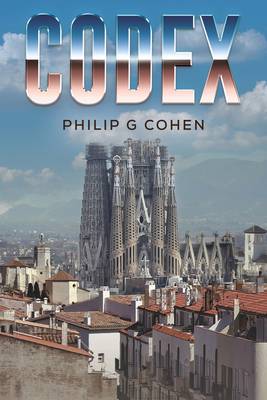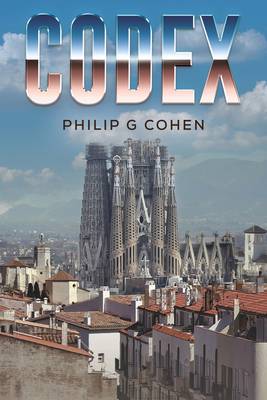
- Afhalen na 1 uur in een winkel met voorraad
- Gratis thuislevering in België vanaf € 30
- Ruim aanbod met 7 miljoen producten
- Afhalen na 1 uur in een winkel met voorraad
- Gratis thuislevering in België vanaf € 30
- Ruim aanbod met 7 miljoen producten
Omschrijving
During the course of an illegal property development in the volcanic Garrotxa region of Spanish Catalonia, a mummified knight encased in lava and clutching a puzzle-box is unearthed. The puzzle-box contains three ancient scrolls, two written on parchment, the third on human skin. The first two scrolls contain a contemporary version of the New Testament, as opposed to the authorised version which was written up more than 250 years after the events it describes. The main difference between the contemporary version recorded on the first two scrolls and the authorised version is that they recount how Christ was flayed before He was crucified, a detail too harrowing to be recorded in the authorised version. The third scroll is written on a fragment of the flayed skin, for which the Roman soldiers had thrown dice at the Crucifixion. Once this knowledge becomes public, it sparks a scramble amongst fanatics to acquire the third scroll by any means and enable the Second Coming.
Specificaties
Betrokkenen
- Auteur(s):
- Uitgeverij:
Inhoud
- Aantal bladzijden:
- 558
- Taal:
- Engels
Eigenschappen
- Productcode (EAN):
- 9781035897216
- Verschijningsdatum:
- 15/08/2025
- Uitvoering:
- Paperback
- Formaat:
- Trade paperback (VS)
- Afmetingen:
- 156 mm x 234 mm
- Gewicht:
- 1043 g

Alleen bij Standaard Boekhandel
+ 100 punten op je klantenkaart van Standaard Boekhandel
Beoordelingen
We publiceren alleen reviews die voldoen aan de voorwaarden voor reviews. Bekijk onze voorwaarden voor reviews.










